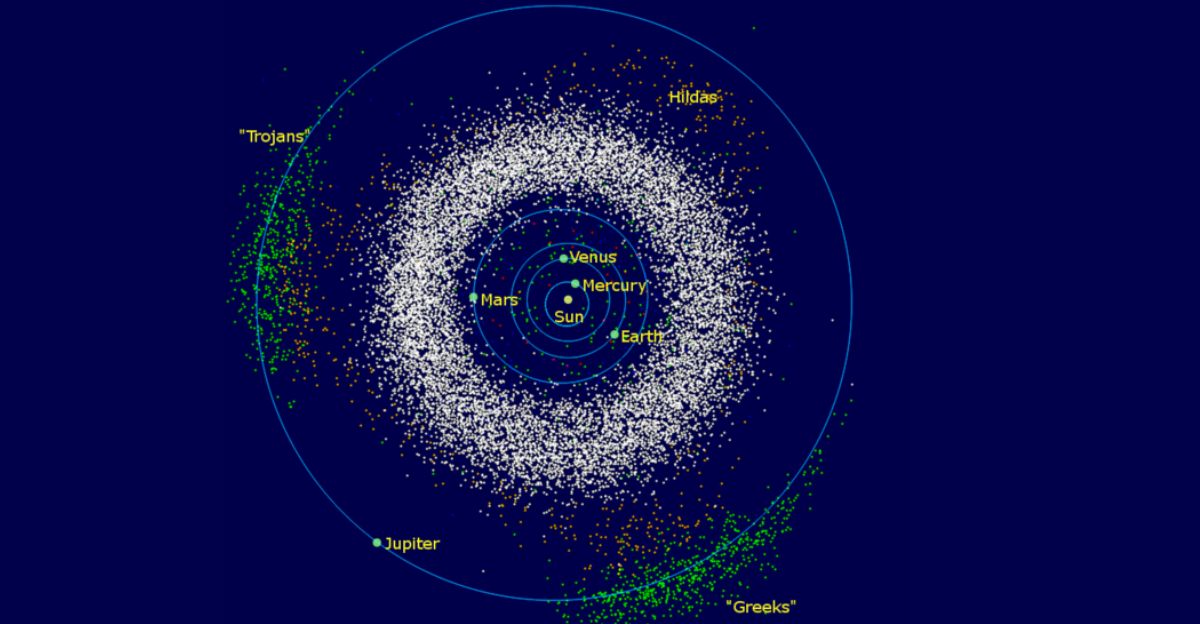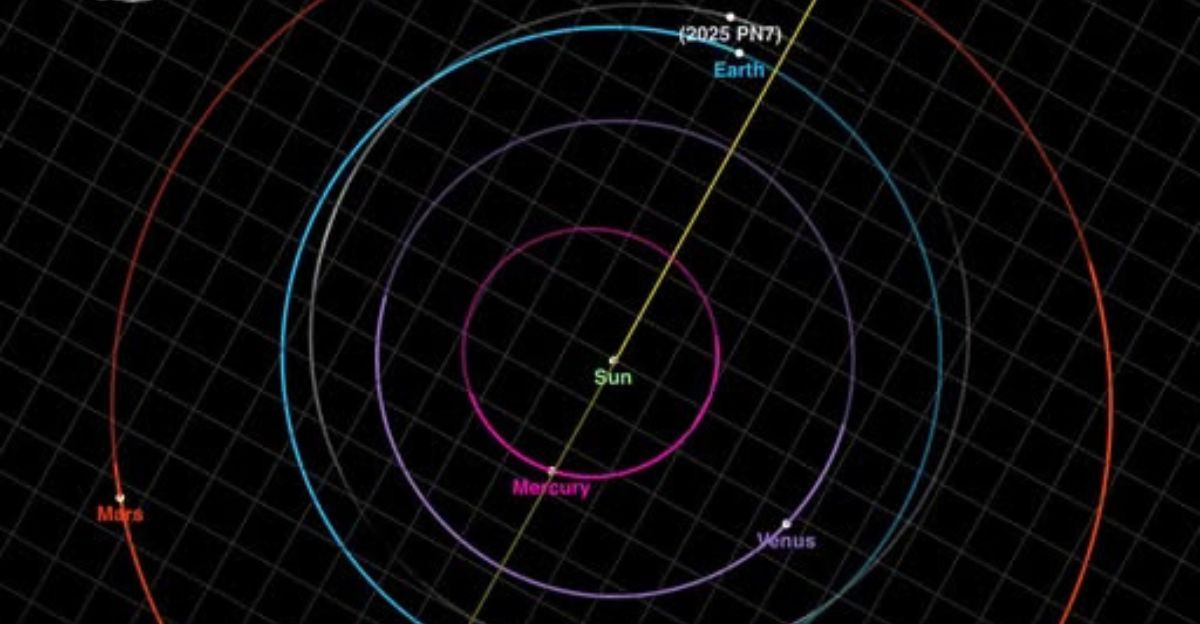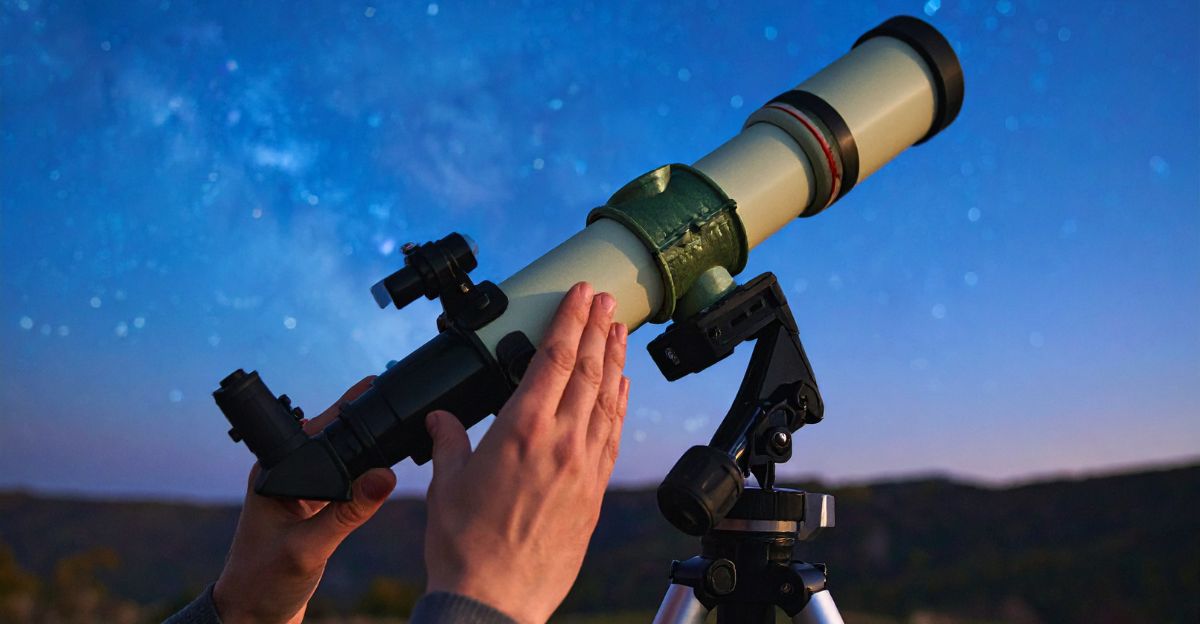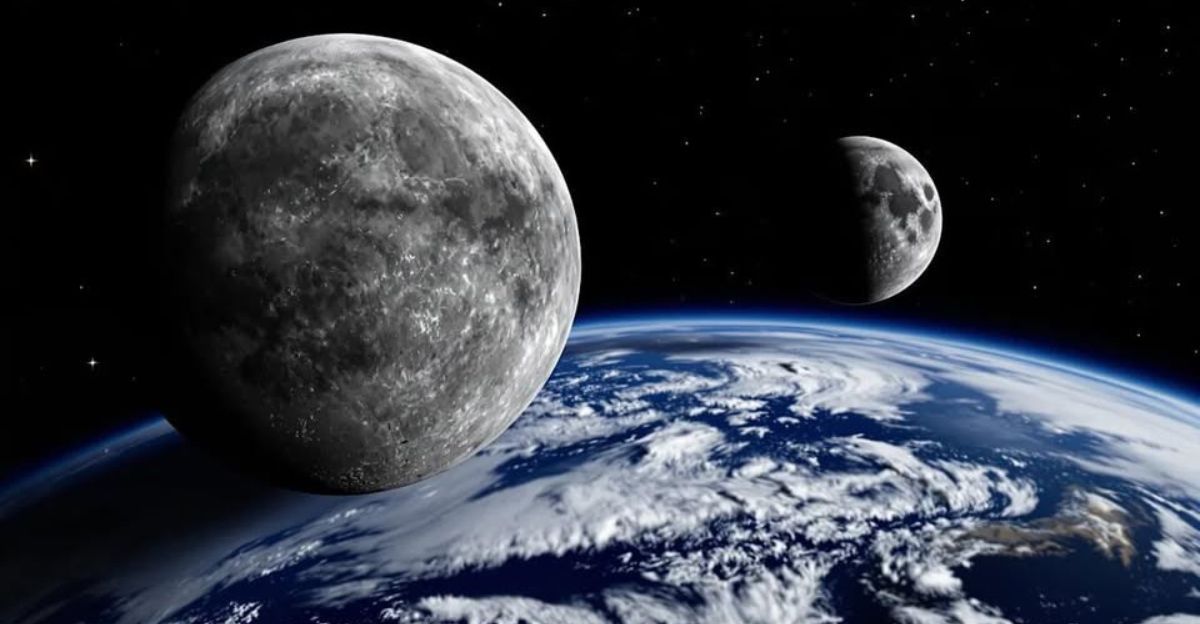
A small asteroid measuring roughly 19 meters across has quietly shadowed Earth for approximately 65 years, orbiting alongside our planet in a gravitational dance that remained invisible to the world’s most advanced telescopes until this summer. The space rock, designated 2025 PN7, belongs to a rare class of celestial objects known as quasi-satellites—celestial partners that share Earth’s orbital path without being bound to the planet’s gravity.
The asteroid’s discovery, announced by researchers studying data from the Pan-STARRS observatory perched on Haleakala volcano in Hawaii, has ignited widespread curiosity and, inevitably, misinformation about whether humanity suddenly gained a second moon. Scientists emphasize the distinction: 2025 PN7 orbits the Sun alongside Earth, maintaining a synchronized rhythm rather than circling our planet as the Moon does. This fundamental difference means that while the asteroid appears to hover nearby from our perspective, it remains cosmically detached and untethered to Earth’s gravitational sphere.
The Science Behind the Discovery

The faintness of 2025 PN7 explains its remarkable longevity as an undetected companion. Carlos de la Fuente Marcos, a researcher at Complutense University of Madrid who published the asteroid’s analysis in the Research Notes of the American Astronomical Society, described the observational challenge: “It can only be detected by currently available telescopes when it gets close to our planet as it did this summer. Its visibility windows are few and far between. It is a challenging object.”
Computer modeling suggests the asteroid has maintained its quasi-satellite relationship with Earth since the mid-1950s, traveling nearly 2.5 billion miles alongside our world throughout humanity’s space age. At its closest approach, the asteroid ventures no nearer than 299,000 kilometers—approximately ten times the Earth-Moon distance. This vast separation eliminates any impact threat despite sensationalist headlines circulating through social media.
Membership in an Exclusive Club

2025 PN7 joins a small but growing roster of known quasi-satellites. Earth currently hosts seven such objects, including Kamo’oalewa, which holds the distinction of being the most stable—a cosmic neighbor for nearly 400 years. Scientists speculate that Kamo’oalewa may itself be a fragment of Earth’s Moon, ejected into space by an ancient impact. By comparison, 2025 PN7’s projected tenure, lasting approximately 128 years, represents a briefer cosmic partnership. Around 2083, calculations suggest the Sun’s gravitational pull will break their alignment, pulling the asteroid into a different orbital configuration.
The asteroid belongs to the Arjuna group, a collection of near-Earth objects whose orbits closely mirror Earth’s own trajectory. This classification suggests these asteroids share similar origins, potentially representing remnants from the earliest chapters of solar system formation.
The Role of Amateur Astronomy and Professional Infrastructure

The discovery narrative highlights the interplay between citizen scientists and institutional research. An amateur astronomer from France, Adrien Coffinet, recognized the object’s significance in late August 2025 based on observational data, bringing it to the attention of the professional astronomical community. His contribution underscores how modern astronomy increasingly relies on collaborative networks spanning amateurs and professionals alike.
The Pan-STARRS telescope system, funded by NASA, operates nightly to scan vast celestial territories, capturing sequential images to detect moving objects. Operating alongside the Catalina Sky Survey, Pan-STARRS accounts for the majority of new near-Earth object discoveries, including the first interstellar visitor, ‘Oumuamua, detected in 2017.
Planetary Defense and Future Exploration

The late discovery of 2025 PN7 underscores persistent challenges in planetary defense. NASA has identified only approximately 40 percent of near-Earth asteroids larger than 10 meters despite efforts to catalog potential threats. To address this gap, NASA is developing the NEO Surveyor, scheduled for launch in 2027, featuring specialized infrared detectors capable of spotting dark asteroids that emit faint visible light.
The discovery also holds practical implications for space exploration. China’s Tianwen-2 spacecraft, launched in May 2025, targets Kamo’oalewa with a mission to return asteroid samples by 2027—a milestone marking China’s first sample-return from an asteroid and positioning the nation as only the third country to achieve this feat. Quasi-satellites, positioned closer than most solar system objects, represent accessible targets for future exploration missions.
A Cosmic Reminder
The arrival of 2025 PN7 in humanity’s scientific awareness represents more than a curiosity—it underscores how profoundly unknown territories remain within Earth’s immediate cosmic neighborhood. As detection technologies improve and space-based missions like NEO Surveyor deploy, astronomers anticipate discovering additional quasi-satellites, potentially revealing ancient companions that have orbited alongside our planet for centuries without detection.